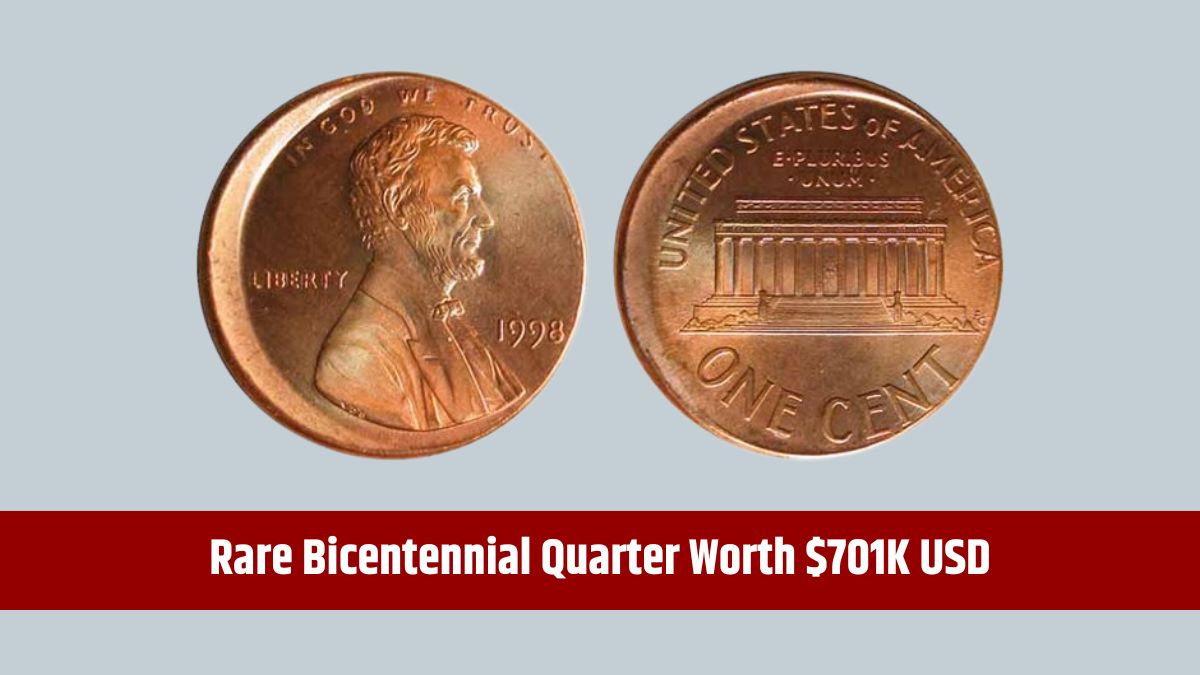Millions of Social Security Disability Insurance (SSDI) recipients are anticipating their payments in early October. Depending on eligibility and payment schedules, some beneficiaries will receive their money on October 3, while others may have to wait until later in the month. Knowing the payment dates and eligibility requirements can help SSDI recipients plan ahead for their finances.
Date
Two distinct groups of SSDI recipients are eligible for payment on October 3, 2024. The first group consists of beneficiaries who have been receiving disability payments for a long time. Specifically, those who began receiving SSDI benefits before May 1997 will get their payments on this date. These individuals have been collecting SSDI for over 27 years and are automatically placed in this early payment group.
The second group includes low-income SSDI recipients who also receive Supplemental Security Income (SSI). These individuals are eligible to receive SSI on October 1 and SSDI payments on October 3. If you qualify for both programs, you’ll receive two separate payments in early October.
Delayed Payment
Not all SSDI recipients will receive their payments on October 3. Some beneficiaries qualify for later payment dates, which fall on October 9, 16, or 23. These delayed payments are due to a different scheduling system, which is based on your birthdate or the date you first started receiving SSDI benefits.
If you don’t meet the requirements for the early October 3 payment—such as receiving benefits before 1997 or also collecting SSI—you’ll need to wait until one of the later paydays in the month.
Eligibility Requirements
To qualify for SSDI benefits, you must meet certain eligibility requirements related to your work history and disability status. The key factors that affect your eligibility include:
- Work history: You need a sufficient number of work credits, which are based on your total years of employment and the amount you’ve paid into Social Security.
- Disability status: You must have a qualifying disability that meets the SSA’s definition of a severe impairment, which prevents you from engaging in substantial gainful activity (SGA).
- Filing age: The age at which you apply for SSDI can also impact the amount you receive in benefits. Filing close to your Full Retirement Age (FRA) can result in higher payments.
In addition to these basic requirements, SSDI recipients need to meet specific criteria for payment schedules, which can determine whether they receive their benefits early or later in the month.
Amounts
The amount SSDI recipients receive each month varies depending on several factors, including work history, wages, and filing age. In 2024, the average SSDI payment is $1,539. However, the exact amount you receive may be higher or lower based on your individual situation.
Factors Affecting Payments:
- Years of work: The more years you’ve worked, particularly if you’ve worked 35 years or more, the higher your SSDI benefit will be.
- Wages: If you earned a substantial income over your working years, this will result in a larger SSDI payment.
- Filing age: Applying for SSDI closer to your Full Retirement Age (FRA) increases your potential monthly benefit.
- Jobs covered by SSA: Only jobs covered by Social Security contribute to your SSDI benefits.
While the highest possible SSDI payment is $3,822, this amount is rare and only a few recipients qualify for it. Most beneficiaries receive a more moderate monthly payment.
For those who receive both SSDI and SSI benefits, their total monthly payment might be lower than the national average due to the income limits for SSI. If your SSDI and SSI benefits aren’t sufficient to cover your needs, you may also qualify for additional assistance programs, such as the Supplemental Nutrition Assistance Program (SNAP).
Benefits
To maximize your SSDI benefits, it’s important to consider several factors. Working longer, earning higher wages, and applying closer to your FRA can significantly boost your monthly payments. Even though the maximum amount is not common, taking steps to improve your work history and earnings can result in a higher SSDI payout.
If you’re already receiving SSDI, there are limited ways to increase your benefit amount after filing. However, keeping an eye on cost-of-living adjustments (COLA) can help, as the SSA regularly adjusts SSDI payments to account for inflation.
FAQs
When will I receive my SSDI payment in October?
You will receive your SSDI payment on October 3, 9, 16, or 23, based on your eligibility.
Who qualifies for the October 3 SSDI payment?
Recipients who started SSDI before May 1997 or who also receive SSI qualify.
How much will I get in SSDI benefits?
The average SSDI payment is $1,539, but amounts vary by work history and filing age.
Can I get both SSDI and SSI?
Yes, low-income recipients can qualify for both programs, receiving two payments.
What is the maximum SSDI payment I can receive?
The maximum SSDI payment is $3,822, though only a few recipients qualify for it.






